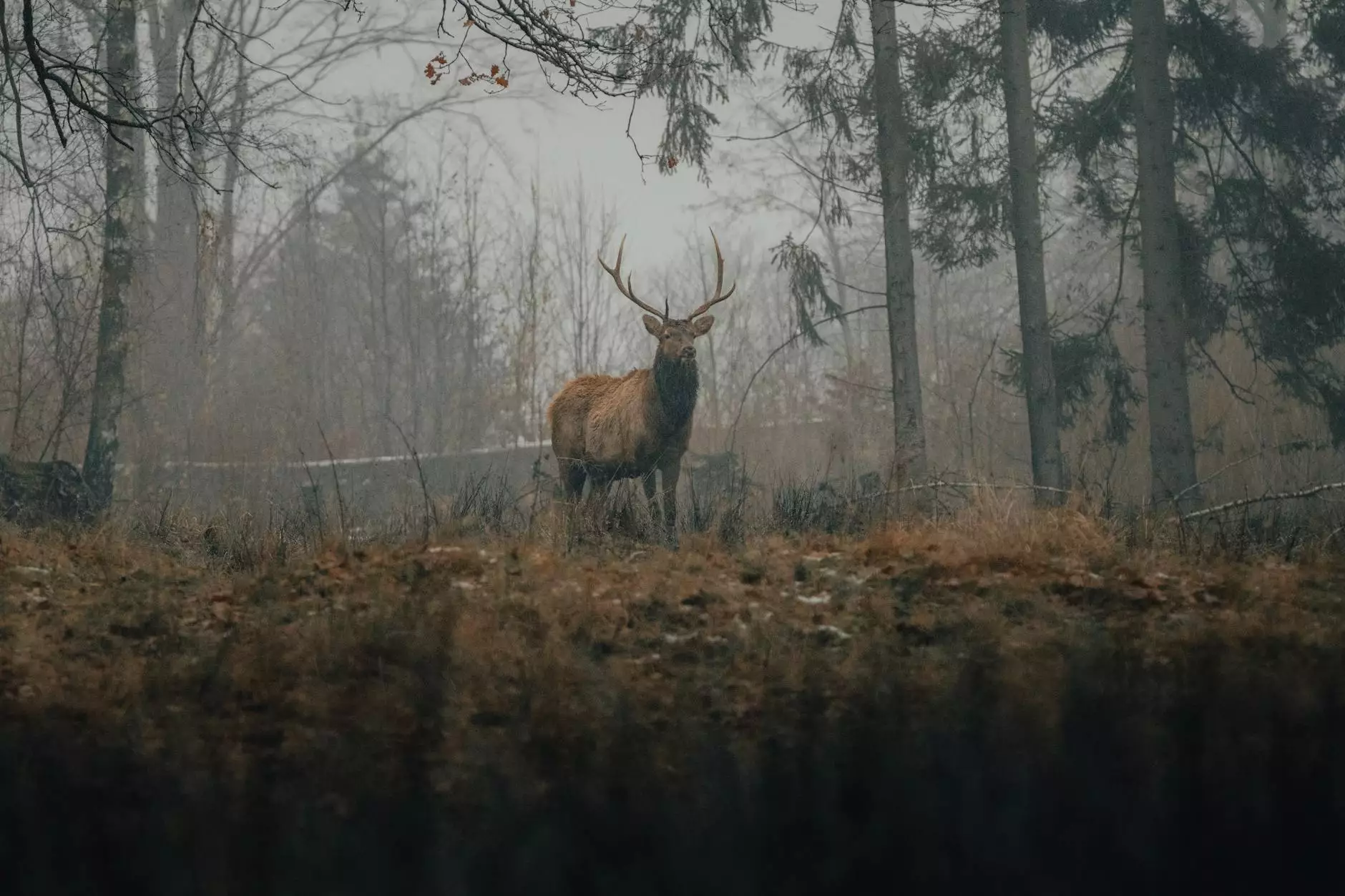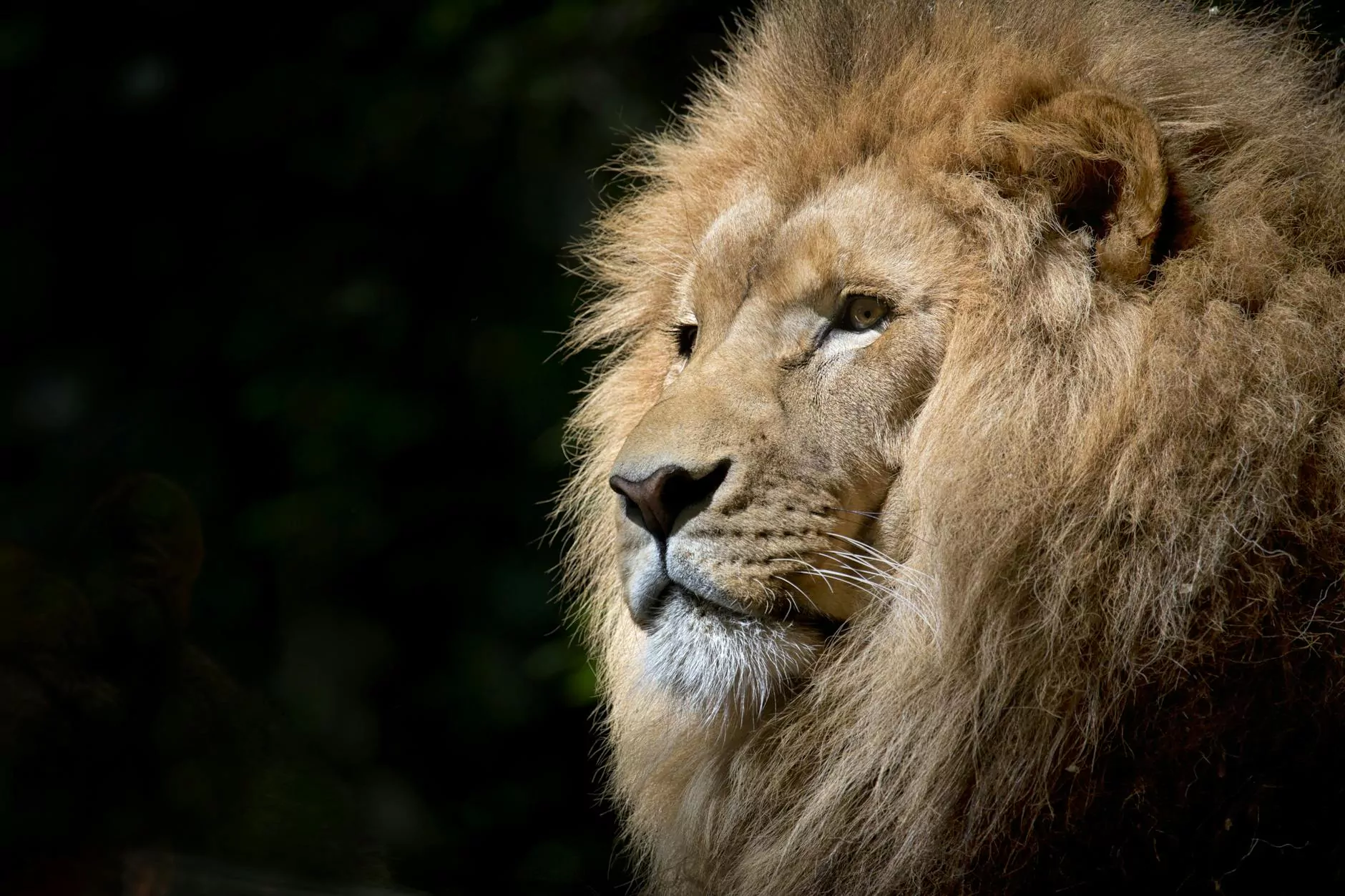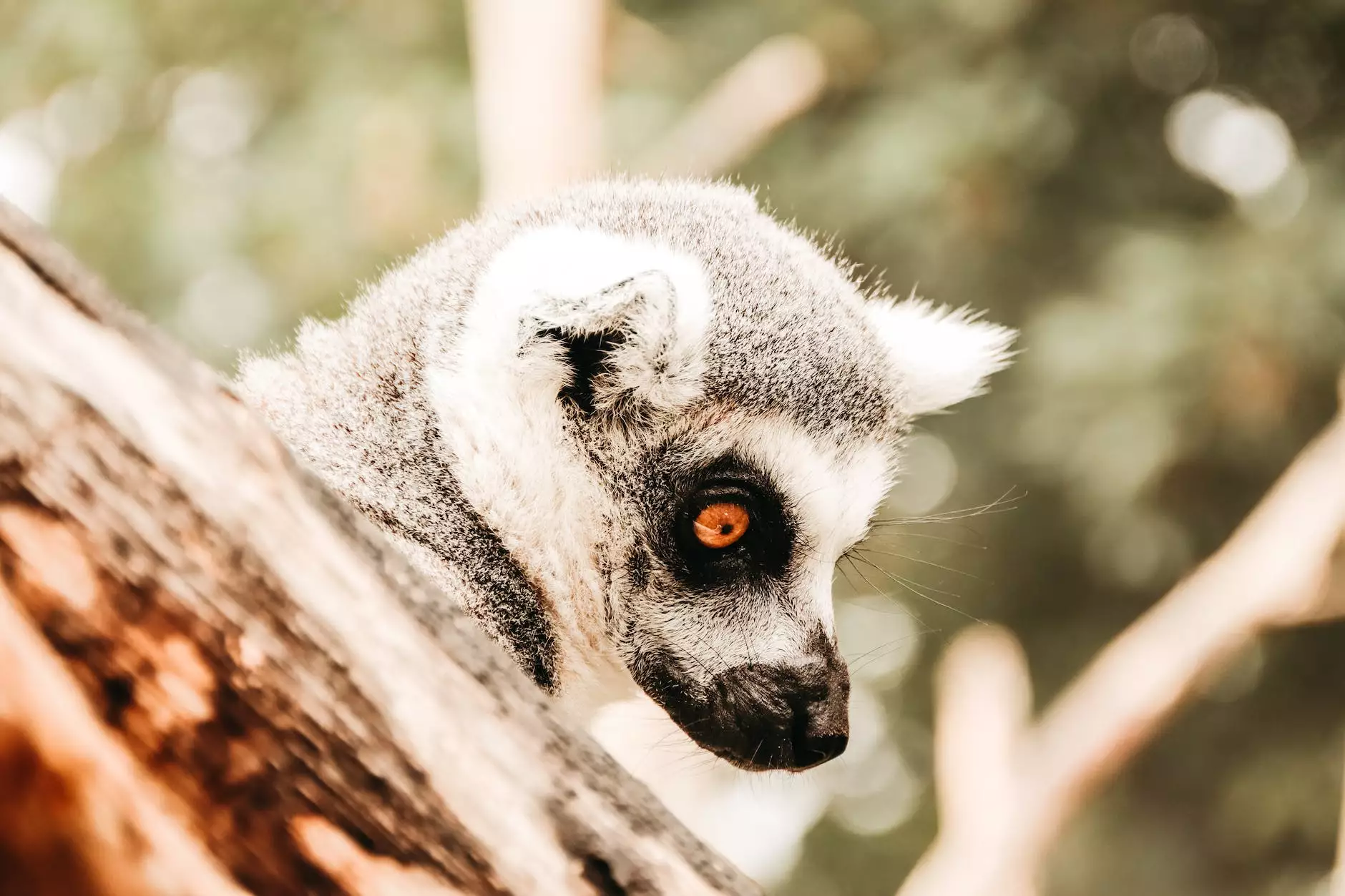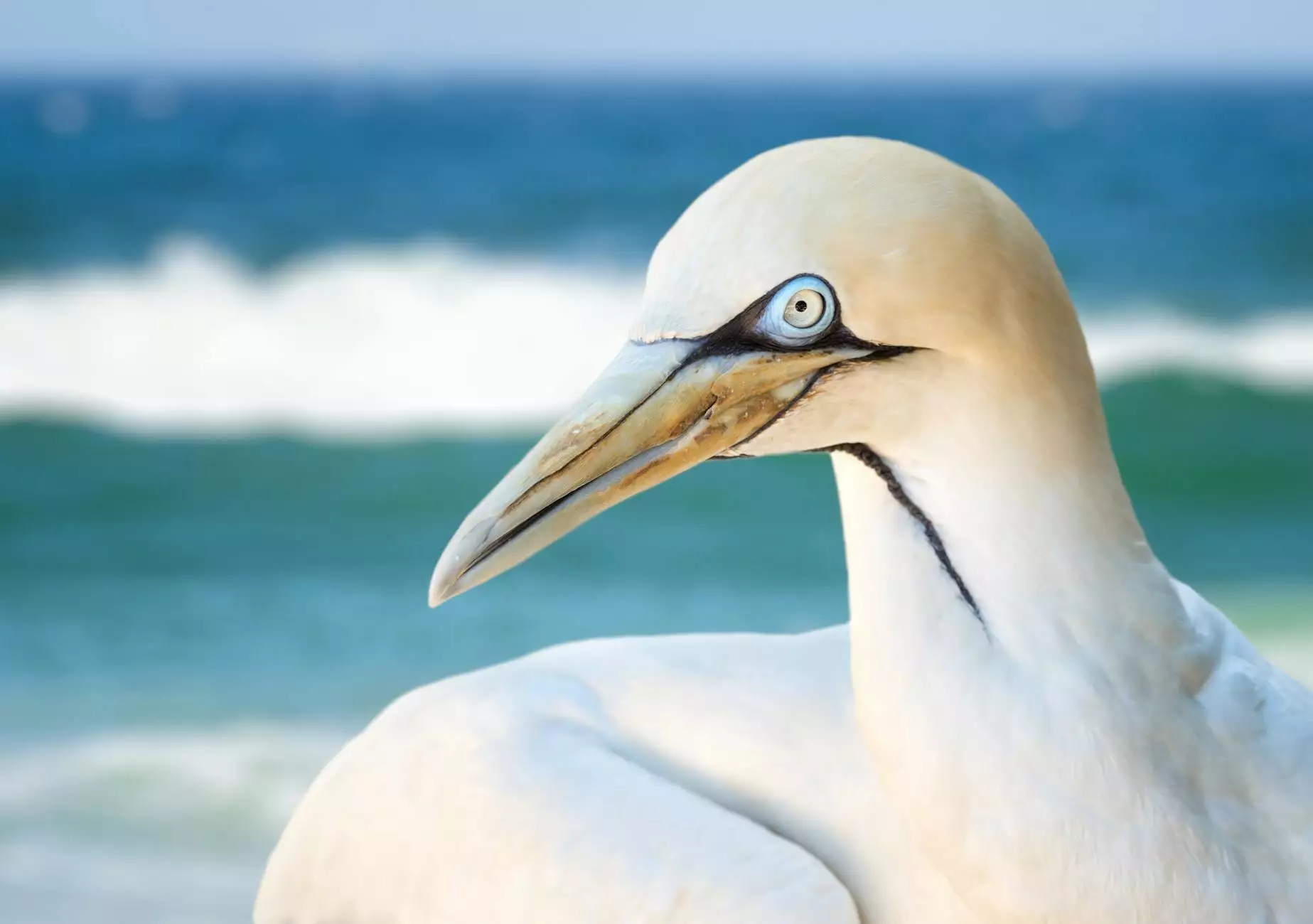Invasive Species of the Everglades - Wild Florida Blog

Welcome to Aventuras Naturales' informative blog post on the invasive species found in the stunning Everglades, a renowned destination for travel and tourism enthusiasts. In this article, we will delve into the various invasive species that have made their way into these unique wetlands and shed light on the consequences they pose to the delicate ecosystems. Join us on this educational journey as we emphasize the importance of preserving the beauty of the Everglades for future generations.
The Burmese Python - Devastating the Native Wildlife
The Burmese Python, introduced to the Everglades through the exotic pet trade, has become one of the most significant threats to the region's native wildlife. These large constrictor snakes have thrived in this subtropical habitat, disrupting the natural balance by preying on native species like raccoons, birds, and even alligators. Their population has grown rapidly, posing a severe risk to the delicate ecosystem of the Everglades.
Melaleuca - Threatening the Native Flora
The Melaleuca, also known as the Paperbark Tree, is an invasive plant species from Australia. It has invaded several regions within the Everglades, forming dense stands that outcompete native plants for resources. These non-native trees disrupt the natural vegetation communities and alter the hydrology of the landscape, negatively impacting the native flora that the delicate ecosystems rely on to thrive.
Water Hyacinth - Choking Waterways and Limiting Biodiversity
The Water Hyacinth, a floating aquatic plant endemic to South America, has established a strong presence in the waterways of the Everglades. This invasive species forms dense mats that clog water channels, impeding water flow and reducing oxygen levels in the affected areas. Native aquatic plants struggle to survive under these conditions, limiting biodiversity and affecting the habitat of numerous native fish and aquatic species.
Old World Climbing Fern - Overwhelming Native Vegetation
The Old World Climbing Fern, native to Africa, Australia, and Asia, has become a troublesome invasive species in the Everglades. This fast-growing fern covers other vegetation, including trees, smothering them and hindering their growth. The Everglades' native plants, essential for the ecosystem's balance, face significant challenges due to the relentless spread of this invasive fern.
Nutria - Eroding Wetland Habitats
Nutria, large herbivorous rodents native to South America, have established themselves as destructive invasive species in the Everglades. Their burrowing habits contribute to the erosion of wetland habitats, altering the landscape and affecting the distribution of water within the ecosystems. The presence of nutria poses a threat to the delicate balance maintained by the Everglades' native species.
Conclusion
As we conclude this exploration of the invasive species present in the Everglades, it becomes apparent that their presence poses significant threats to the delicate ecosystems of this unique travel and tourism hotspot. Aventuras Naturales firmly believes in the importance of raising awareness about these invasive species and promoting responsible tourism practices that help preserve the natural beauty of the Everglades.
By educating visitors about the negative effects of these species, we hope to empower individuals to make informed choices that contribute to the conservation of this precious ecosystem. Together, we can work towards safeguarding the Everglades and ensuring its thriving biodiversity for generations to come.
References:
- National Park Service - Invasive Plants
- Florida Fish and Wildlife Conservation Commission - Nonnative Species
- University of Florida IFAS Extension - Invasive Plants




